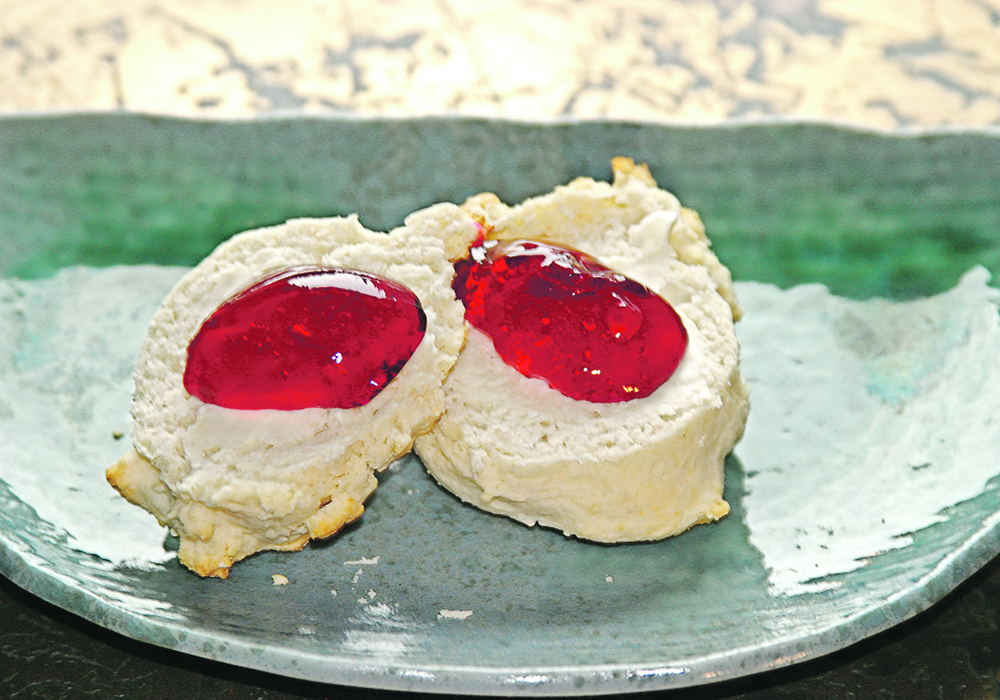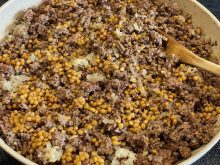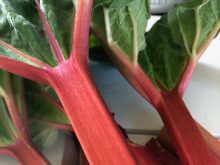Failures happen when it comes to food preservation. But you shouldn’t swear off canning if you experience a few failings. It happens to the best home canners.
Troubleshooting makes you a more confident and successful home canner. Don’t give up.
First and foremost choose reliable sources of information and recipes. Great-grandma’s recipe will need to be updated using the latest research on making safe and tasty preserves.
University extension divisions are an excellent resource. I have tapped into the online information provided by the University of Pennsylvania and University of Minnesota extension divisions for this article.
Read Also

Nutritious pork packed with vitamins, essential minerals
Recipes for pork
Other reliable sources of information are the Bernardin or Ball canning books. They are the two largest suppliers of canning jars.
Before you can evaluate the quality of your preserves you need to know the hallmarks of good quality. For jams and jellies they should be firm but not too firm, sweet but not sickly sweet and clear, not cloudy.
Canned fruits should remain firm and hold their shape. Over time there may be some darkening but that can be mitigated with proper storage and canning procedures. The sugar syrup should not leak out during processing.
Pickles should be crisp not soft or slimy. The liquid should be clear, not cloudy.
Another common question is about canning vegetables. All low acid foods, those with a pH of less than 4.6, must be processed in a pressure canner, not a water bath. Tomatoes are generally borderline so you must add acid to each jar in the form of bottled lemon juice, citric acid or vinegar to water bath can them. All meats, soups and stews must be canned using the pressure canner.
Jams and Jellies
Too soft
Overcooking the fruit or using too much water to extract the juice can cause jellies to be too soft. Undercooking can also be the cause. Overcooking diminishes the setting power of the pectin and under cooking will result in a low sugar concentration in the juice. Insufficient acid could also cause a soft gel. Moving the jars before they are fully cooled and set interrupts the setting process. Let them sit 12 – 24 hours before moving. Sometimes it can take up to two weeks for jellies to set.
Remaking cooked jam or jelly using original fruit pectin
Measure unset jam or jelly to be re-cooked. For each one cup ( 250 mL) product, measure two tablespoons (30 mL) white sugar, one tablespoon (15 mL) water and 1 1/2 teaspoons (7 mL) Bernardin Original Fruit Pectin.
In a large, deep stainless steel saucepan, whisk fruit pectin into water. Stirring constantly to prevent scorching, bring to a boil. Stir in the measured unset jam or jelly and sugar. Stirring constantly over high heat, bring to a full rolling boil. Boil hard 30 seconds. Remove from heat and skim foam, if necessary.
Ladle into hot jars, leaving 1/4 inch (.5 cm) of top rim headspace. Remove air bubbles. Wipe jar rim removing any stickiness. Centre new lid on jar and apply screw band securely and firmly until resistance is met, fingertip tight. Process 10 minutes in boiling water canner. (taken from Bernardin)
Cloudy jelly
You may have used fruit that is under ripe. Under ripe fruit has more pectin and it sets up faster. It may have set up too fast.
You may have squeezed the juice bag while straining the juice from the fruit. Just let the juice drip out next time.
You may have waited too long to place the jam or jelly in the jar. Ladle it into jars before it begins to set up.
Fruits
Darkened and discolouration
Perhaps the fruit was processed too long or there were minerals in the water and canning utensils. Use distilled water rather than tap water. Using the wrong variety of the fruit or vegetable can give poor results. For example, not all peaches are canning peaches. The best variety for canning are Red Havens that are ready mid-August from the Okanagan. They are firm, sweet and don’t darken over time.
Lids don’t seal
Check for nicks along the top of the jars. If there are any, discard the jar. Be sure to use new lids every time. Old ones wear out quickly because the rubber seal is very thin.
Cleaning the rim of your jar is probably the most important thing to do if your lids don’t seal; clean the rim of the jar with a wet paper towel or dishcloth to remove any stickiness or food before placing the lid on. Tighten the jars but don’t over tighten. Insufficient headspace could also cause the liquid to overflow and the lids get sticky and won’t seal.
Fruit floats
Raw packed fruit generally floats. Fruits are very porous and contain a lot of air. If they are heated in the syrup before placing in the jar much of that air will be expelled and they will be less likely to float than cold-packed fruit. Over-ripe fruit also tends to float.
Losing liquid
The way canning works is that while the jars are in the water bath, the heat will force the air inside the jars out. That’s why the bands can’t be too tight. As the jar cools a vacuum is produced inside the jar and the lid pops to indicate that it has been achieved. It is necessary to expel all the air to prevent spoilage.
If you’re using a water bath canner, make sure you cover the jars with one to two inches (2.5 – 5 cm) of water. With water bath canning, turn off the heat and let the water stop boiling before lifting the jars. Then let the jars sit over the hot water for a few minutes until the liquid inside stops boiling. Jars may begin to seal. You will hear the pop.
If using a pressure canner, allow the pressure to drop naturally, and wait 10 minutes before opening after the weight is removed from the lid. Actively maintain a constant temperature during the processing. That means you need to pay attention while it’s canning.
Pickles
Soft pickles are the most common complaint among home canners. It is easier to have crisp pickles if the cucumbers are cut into smaller pieces like a bread and butter pickle or dill pickle spears. Relishes are even easier. A good rule of thumb is to always use bottled water, pickling salt and pickling vinegar. The bottled water doesn’t have minerals that may discolour the pickles. Pickling salt is pure without additives and will be less likely to produce a cloudy liquid. And finally, pickling vinegar is seven percent acidity, while regular vinegar is usually five percent.
Using too weak a salt brine or vinegar solution may cause soft or slippery pickles, as can using moldy garlic or storing the pickles at too warm a temperature. These pickles are spoiled and should be discarded.
Discolouration
Pickles may turn dark for several reasons. The most common cause is using water with too many minerals, especially iron.
Using ground spices rather than whole spices or using iodized salt, or cooking the cucumber brine too long with spices causes pickles to darken.
Cucumbers that have had a delayed growing season, or had been inadequately fertilized, produce a darker pickle product.
Do not use iron or brass utensils when preparing pickles. Use only unchipped enamel, stainless steel or heat-resistant glassware when heating pickles. For fermented pickles, use a stone crock, glass or heavy food-grade plastic container for the process, not a plastic container.
If garlic turns blue, it may be due to minerals in the water or the garlic may not be fully cured. Blanching the garlic beforehand may prevent discolouration.
Using The Garden Harvest
Harvesting the garden and storing the produce for the winter months are common fall activities. Most families have favourite recipes that are particularly enjoyed when made with freshly harvested fruit and vegetables.
We would love to share your family’s favourites. Please send them to Harvest Favourites at team@producer.com or mail them to:
The Western Producer,
1000–3530 Millar Avenue,
Saskatoon, SK S7P 0B6
All entries must be received by November 8, 2021.
Sarah Galvin is a home economist, teacher and farmers’ market vendor at Swift Current, Sask., and a member of Team Resources. She writes a blog at allourfingersinthepie.blogspot.ca. Contact: team@producer.com.

















